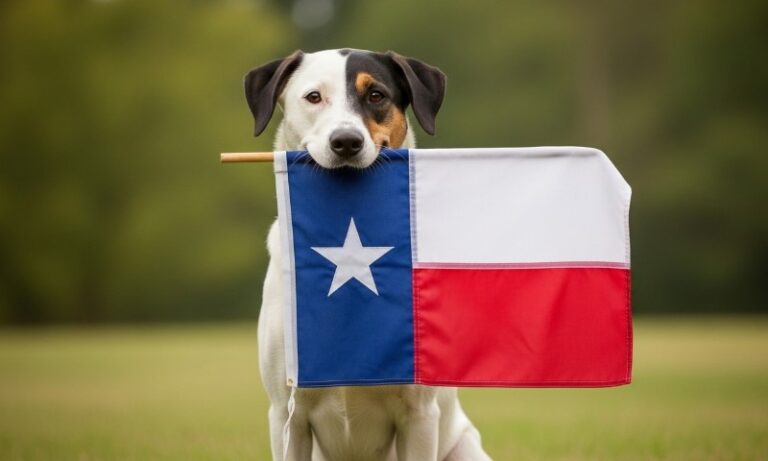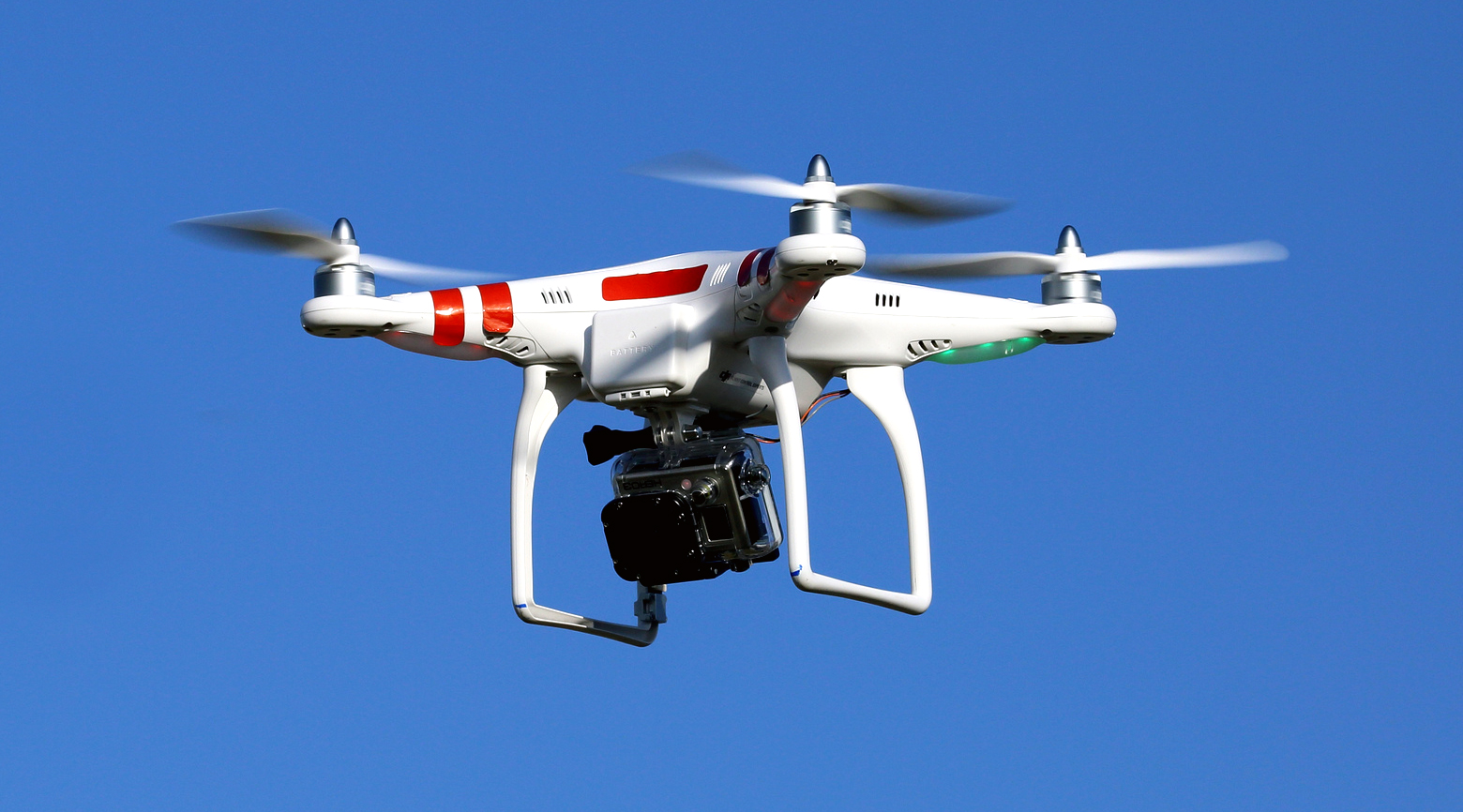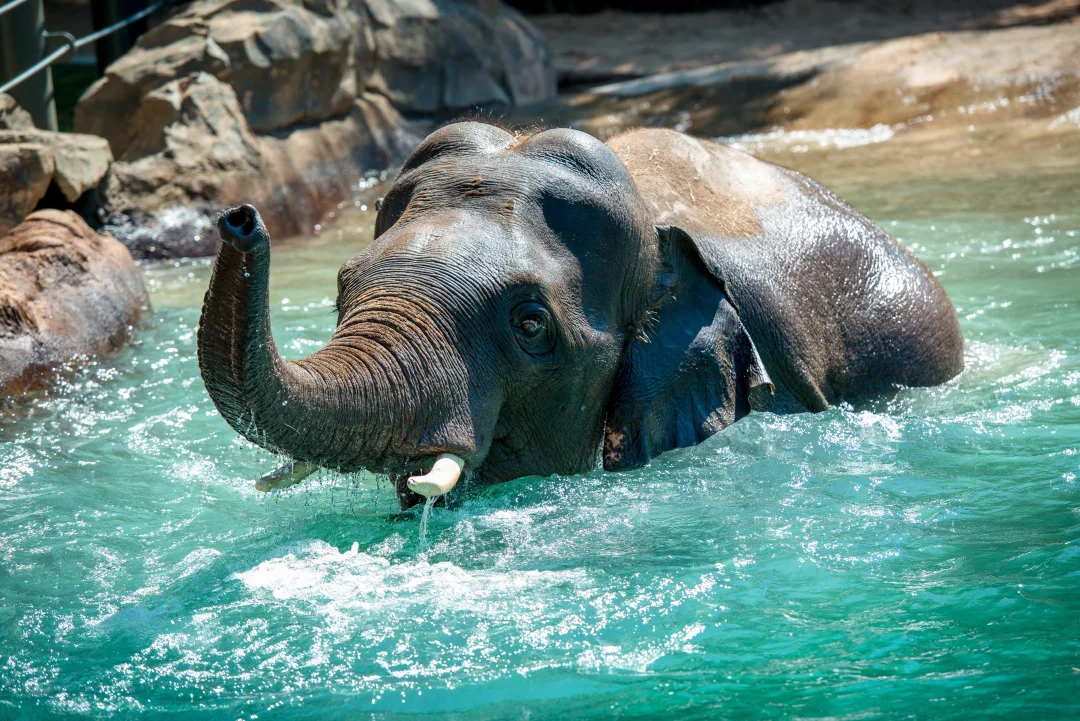When Texas passed House Bill 1451 in 2011, it became one of the first states in the region to establish a licensing and inspection program specifically for large-scale dog and cat breeders.
The law, often called the Texas Puppy Mill Law, marked a clear shift toward oversight, accountability, and public transparency.
More than a decade later, its reach has expanded, the rules have sharpened, and breeders and buyers alike have gained tools to ensure animals are raised under humane conditions.
For breeders who treat their animals with care, the law has created a predictable framework and a badge of credibility. For pet owners, it has provided a window into where puppies and kittens come from and the standards their breeders must meet.
Let’s take a practical, source-based look at how HB 1451 and its later amendments operate today.
Table of Contents
ToggleKey Points
- Texas’ Licensed Breeders Program now covers breeders with five or more intact females, with regular inspections and strict care standards.
- HB 1818 requires pet stores to buy only from licensed breeders or rescues and keep proof of inspections.
- Public records, license lookups, and complaint data give buyers transparency and breeders a way to show credibility.
- Responsible breeders gain predictable inspections, stronger sales credibility, and clear compliance steps.
A Quick Timeline
It helps to pause for a moment and see how all of this unfolded. A quick timeline of laws and updates shows the path Texas took to shape its breeder regulations and why the rules look the way they do today.
2011 – HB 1451 Becomes Law
Texas legislators passed HB 1451, which created Chapter 802 of the Texas Occupations Code and the Licensed Breeders Program.
At the time, the threshold applied to breeders with 11 or more intact female dogs or cats and at least 20 animal sales per year. It required licensing, inspections, and minimum care standards.
2012 – Rules Roll Out
Administrative rules in 16 Texas Administrative Code Chapter 91 took effect. These rules laid out the nuts and bolts, inspection frequency, responsibilities, and facility requirements, so breeders could understand what compliance really meant in practice.
2020–2021 – Sunset Review and Program Updates
The Texas Sunset Advisory Commission evaluated the Texas Department of Licensing and Regulation (TDLR), which oversees the Licensed Breeders Program.
The Commission kept the program and recommended risk-based oversight improvements while retaining inspection requirements.
2021 – HB 1818 and Pet Store Sourcing
HB 1818 introduced a new dimension by regulating how pet stores acquire animals. Stores now must obtain animals from shelters, rescues, or certain licensed breeders and keep breeder licensure proof and USDA inspection records on file.
2023 – SB 876 Lowers the Threshold
The licensing threshold dropped from 11 to five adult intact females, and the annual sales minimum disappeared.
Those with 5-10 intact females had until January 1, 2024, to get licensed.
The Statute at a Glance
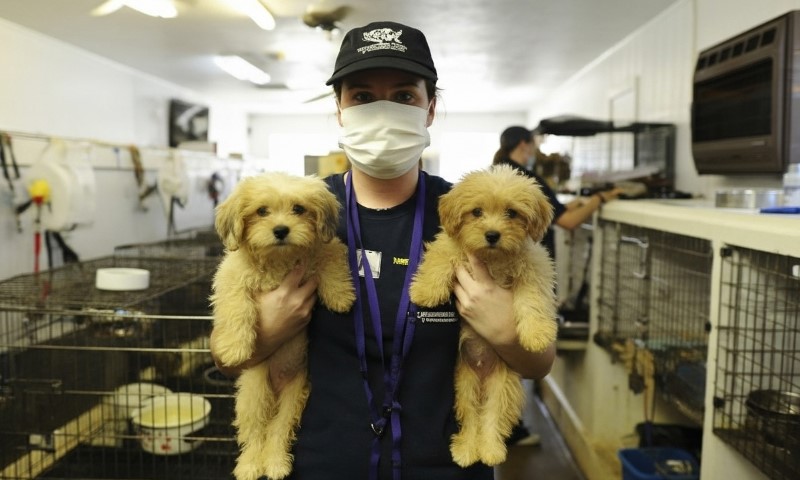
Chapter 802 of the Texas Occupations Code sets the framework:
| Provision | Details |
| Who must be licensed | Anyone possessing five or more adult intact female dogs or cats and engaged in breeding for sale (direct or indirect). |
| Minimum standards of care | Must meet or exceed federal regulations on humane handling, care, housing, and transportation. |
| Recordkeeping | Maintain individual animal records and make them available to TDLR inspectors on request. |
| Inspection frequency | At least once every 18 months during normal business hours. |
Rules That Make the Law Real
TDLR implements Chapter 802 through 16 TAC Chapter 91. Key points breeders should know:
- License display: Must be posted in a publicly accessible area at the facility.
- Who needs a license: Anyone meeting the five-female threshold by January 1, 2024.
- Inspection cadence: At least every 18 months.
- Common violations posted online: TDLR highlights frequent errors so breeders can self-correct.
TDLR’s Licensed Breeders hub also offers direct links to apply, renew, and prepare for inspections, as well as a public license lookup tool.
How SB 876 Reshaped the Landscape
SB 876, effective in 2023, tightened program coverage in two major ways:
- Lowered the licensing threshold to five adult intact females.
- Removed the “20 sales per year” qualifier entirely.
This change swept in more medium-sized operations and gave the state better visibility into commercial breeding activity.
For breeders who were already following high standards, licensing became a clear signal of credibility to potential buyers.
Why HB 1818 Matters to Breeders
HB 1818 mainly regulates pet stores, but it directly affects breeders selling through those channels. Stores must keep:
- Proof of breeder licensure.
- USDA inspection records for up to four years.
A breeder with clean records and current licenses now has a tangible edge in securing retail partnerships.
Inspections and Enforcement in Practice
TDLR inspectors visit each licensed breeder at least once every 18 months. They check housing, sanitation, ventilation, veterinary care, transport arrangements, and recordkeeping.
If you’re in the area, a low cost emergency veterinarian in Cypress, Texas can help during after-hours situations.
Facilities should be inspection-ready year-round, not just on inspection day.
Complaint and Enforcement Data
Public data show how the program operates:
| Fiscal Year | Licensees | Complaints Received | Cases Opened | Cases Closed |
| 2021 | 143 | 211 | 79 | 65 |
| 2022 | — | 85 opened | 61 closed | — |
| 2023 | — | 69 opened | 112 closed | — |
| 2024 (as of Nov) | — | 202 | 57 opened | 29 closed |
Roughly three percent of cases in recent years have resulted in disciplinary action, but every complaint prompts review.
These numbers help breeders benchmark their own compliance efforts and show buyers how the state enforces standards.
What Responsible Breeders Gain
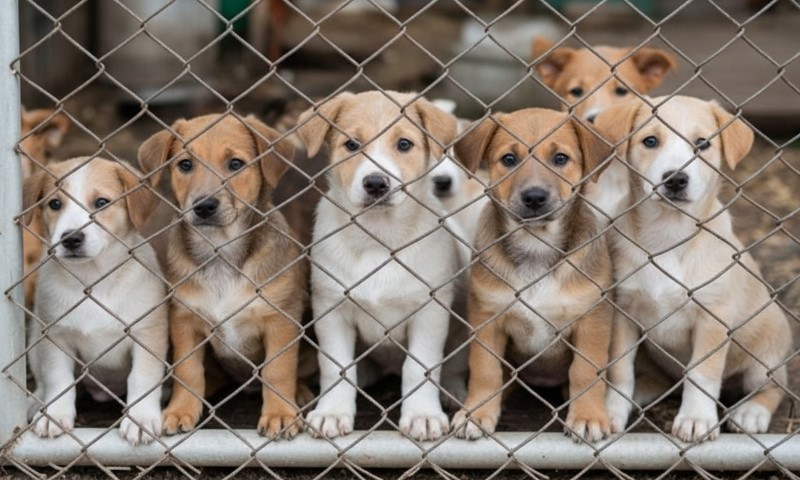
Raising animals the right way already takes planning, investment, and heart. Under Texas’ Licensed Breeders Program, that effort now comes with some real advantages.
1. Clear Standards and Predictable Inspections
HB 1451 created a uniform baseline for housing, sanitation, ventilation, veterinary care, transport, and animal records.
Predictability allows breeders to plan capital improvements, maintain consistent veterinary relationships, and train staff.
2. A Compliance Story That Supports Sales
- License visibility: A posted license reassures customers during visits.
- Pet store advantage: HB 1818’s documentation rules make licensed, well-inspected breeders more attractive partners.
- Online transparency: Buyers can cross-check license records on TDLR’s website.
3. Risk Management and Operational Discipline
Routine recordkeeping and inspections drive preventive care and facility maintenance. A disciplined approach reduces medical crises, improves litter outcomes, and lowers long-term costs.
4. Competitive Differentiation
When more breeders come under the five-female threshold, compliance becomes a clear market signal. Facilities with clean inspections and robust records stand apart from casual operators.
What Pet Owners Gain
@thlntx This Puppy Mill Awareness Day is a painful reminder: in Texas, the pet stores are still winning–while the animals are still losing. Behind every store’s glass window is a puppy with a hidden story of suffering and a mama left behind in a puppy mill–overbred, neglected, and forgotten. Texans deserve better. Families deserve transparency. And animals deserve compassion. Please, help us spread the truth: when you buy a puppy from a pet store, you are fueling the puppy mill pipeline in Texas. #EndPuppyMills #PuppyMillAwarenessDay #dogsoftiktok #dog #doglover #dogmom #dogtok #doggo #dogsofttiktok #doglife #dogs #puppy #puppytiktok #puppylife #puppydog #puppytok
Bringing a new puppy or kitten home is a big moment, and nobody wants to wonder where that little life came from.
Under Texas’s breeder laws, pet owners now have clearer ways to check a breeder’s track record and the care behind each animal.
Here’s a quick look at how that benefits anyone thinking about adding a four-legged family member.
1. Better Visibility Into Sources
- Store-sourced pets: HB 1818 requires Texas pet stores to keep proof of breeder licensure and USDA inspection records.
- Direct-from-breeder purchases: Owners can check the breeder’s license status on TDLR’s site and ask to see posted licenses and care records.
2. Stronger Baseline Care
Licensed facilities must meet or exceed federal standards. That helps reduce preventable illness, injuries, and stress in breeding animals and litters.
3. A Practical Complaint Path
If a problem arises, buyers can file complaints with TDLR. Public complaint and enforcement summaries show how the agency handles cases, which can encourage borderline operators to improve.
The Nuts and Bolts of Compliance
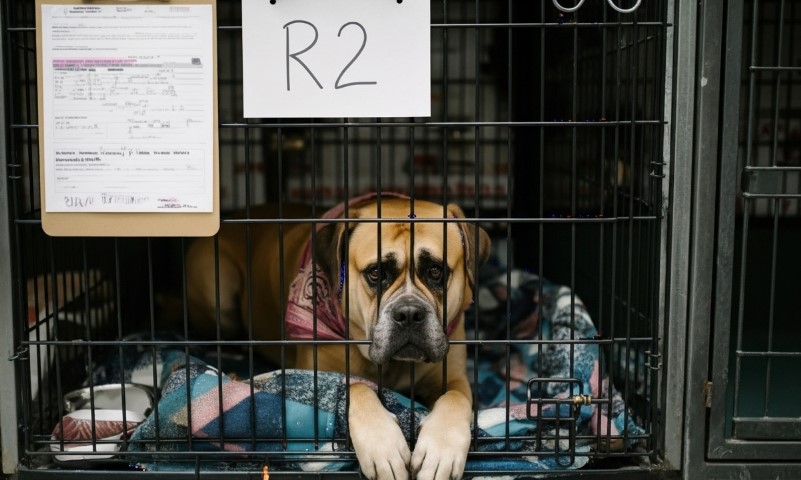
Running a breeding program in Texas today is about caring for animals, but it’s about keeping your operation inspection-ready and documented at all times.
Facility and Animal Care
Most violations relate to basics such as sanitation, enclosures, ventilation, and documentation. Reviewing TDLR’s “most common violations” page before inspection can save headaches.
Records That Hold Up
Inspectors expect detailed animal records: vaccinations, parasite control, breeding history, veterinary visits, and treatment plans.
Aligning your veterinary records with Texas veterinary rules strengthens your documentation.
Inspections Without Surprises
- Keep the facility inspection-ready all year.
- Train staff to retrieve license displays, animal records, and inventory quickly.
- Use pre-inspection checklists to fix issues proactively.
Licensing Scope After SB 876
If you possess five or more adult intact females and breed for sale, you’re covered regardless of how many animals you sell.
New licensees in the 5-10 range had until January 1, 2024, to comply.
For Buyers
- Search the breeder on TDLR’s public license lookup.
- Confirm the license is active.
- Ask to see the posted license and recent inspection outcomes when visiting.
- Request the puppy or kitten’s individual care record—look for vaccinations, deworming, any treatments, and weaning dates.
- If buying via a pet store, ask for proof of breeder licensure and USDA inspection documentation under HB 1818.
- Follow up with your veterinarian and keep the records aligned with Texas vet record rules.
How the Program Is Performing
Public enforcement snapshots show the Licensed Breeders Program is active and responsive.
This structure gives breeders and consumers a shared frame of reference, even as they do their own diligence.
Key Provisions and Where to Find Them
| Topic | Where It Lives | What to Know |
| Statute | Occupations Code Chapter 802 | Program definitions, licensing requirement, standards, and records. |
| Rules | 16 TAC Chapter 91 | Inspections, responsibilities, license display, program operations. |
| Inspections | TDLR inspection policy | At least once every 18 months during normal hours. |
| Threshold Today | SB 876 implementation | Five or more intact females, no sales minimum, license required by Jan 1, 2024. |
| Pet Store Sourcing | HB 1818 text | Stores must keep breeder licensure proof and inspection records. |
| Complaints and Data | TDLR stats and board packets | Annual complaint counts, orders, and closure timelines. |
Practical Compliance Tips for Breeders
- Document daily: Keep logs for feeding, cleaning, enrichment, and health checks.
- Schedule veterinary oversight early: Align with recordkeeping requirements, including litter records.
- Walk the rules with your team: Print the common violations list and assign responsibility for each item before inspections.
- Show your license: A posted license and a clean, well-ventilated facility build trust.
- Check your status online: Make sure your public listing displays correctly so buyers can verify it.
Practical Buying Tips for Texans
- Verify license status on TDLR before visiting or sending a deposit.
- Visit in person when possible. Look for clean kennels, adequate space, fresh water, and healthy animals.
- Ask for animal records and vet contacts. Reputable breeders will be ready to share.
- If shopping at a pet store, request the breeder’s license proof and USDA inspection history the store is required to maintain.
- Report concerns to TDLR if something feels off. Keep copies of communications and receipts.
FAQs
Bottom Line
HB 1451 built a framework for humane commercial breeding in Texas. Updates like SB 876 expanded coverage to more operations, and HB 1818 pushed documentation requirements into retail channels so buyers can see proof of licensure and inspection histories.
For breeders who invest in compliance, the Licensed Breeders Program is a market advantage. For pet owners, it’s a tool for transparency and a stronger safety net.
Use the public tools and plain-language resources from TDLR to check licenses, prepare for inspections, and keep records that tell the full care story.
By focusing on solid animal care, clean records, and public accountability, responsible breeders can thrive under the law, and Texas pet owners can feel more confident about the companions they bring home.


